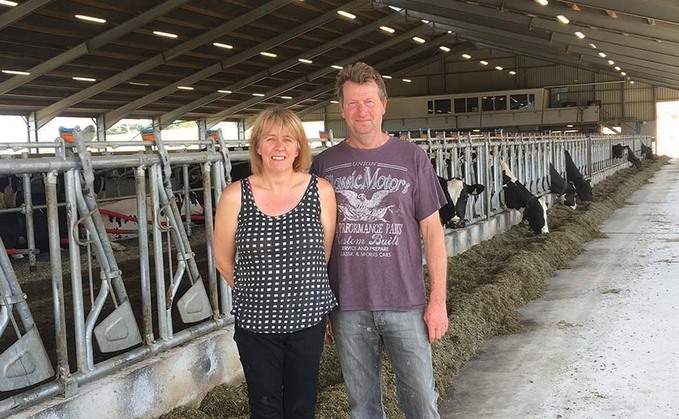
Switching milking systems has gained traction over the past decade, with farmers wanting to upgrade technology and reduce milking labour. For one farm a dual approach is creating flexibility for the future....

Switching milking systems has gained traction over the past decade, with farmers wanting to upgrade technology and reduce milking labour. For one farm a dual approach is creating flexibility for the future....

ISEKI TLE4490

ISEKI TG6375

New Kubota L1552